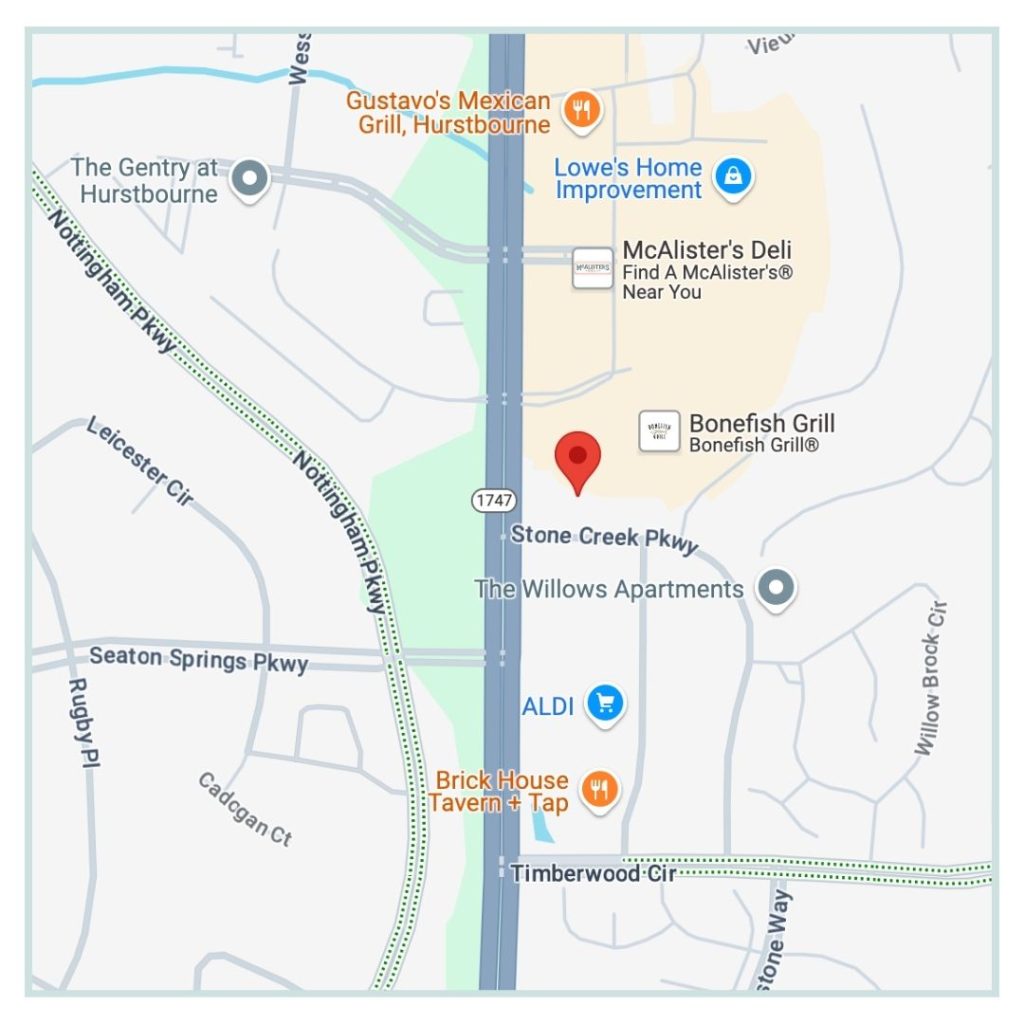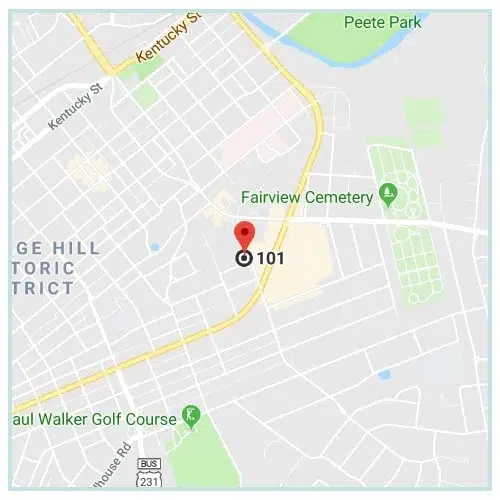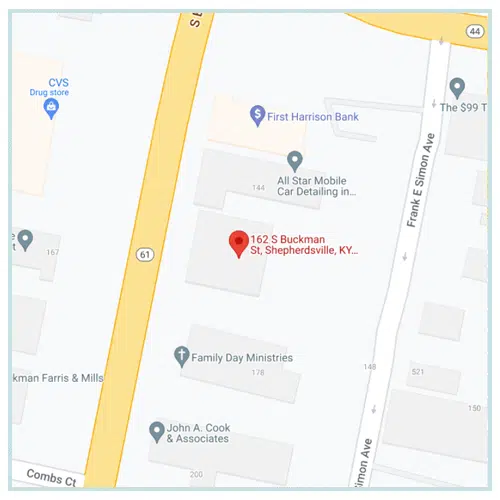When it comes to estate planning tools, there are many. One of the most popular options Kentucky residents choose to use is the living trust. A living trust allows you to manage your property, save money on property taxes and bequeath property to loved ones without having to go through the probate process, which can be drawn out and expensive. However, a living trust does not offer any benefits unless you transfer property and assets to it. FindLaw explains how to fund a living trust both now when you are living and after you pass away.
How you fund a living trust now depends on the type of asset you wish to transfer. For instance, if the asset comes with a title, you would transfer the title of asset to the trust. Assets that typically carry a title include homes, vehicles, investment accounts, stocks and bonds and banking accounts. To successfully transfer the title, you would have to change the name on the title from your own to the name of the trustee.
Many assets you hold near and dear to you do not carry a legal title. Some examples of such assets include jewelry, intellectual property, ownership interest in LLCs or partnerships, clothes, furniture and money people or businesses owe you. Because a title does not exist, you would have to transfer the rights of the property to the trustee to ensure it becomes the property of the trust.
If you own assets to which you are the beneficiary, you would have to change the listed beneficiary name from your own to the trustees. Such assets include pension plans, retirement accounts, life insurance policies and health savings accounts.
Many people set up their trusts so they can continue to fund them once they pass. If you wish to do this, you would need what the courts refer to as a “pour-over will.” A pour-over will ensures that all assets you did not assign to heirs go to your trust. While this ensures that all your assets are accounted for, there are pitfalls to this method, one of which is that you cannot avoid probate and the associated costs.
This article is for educational purposes only. You should not use it as legal advice.





